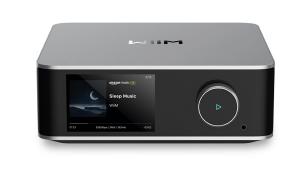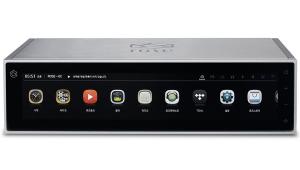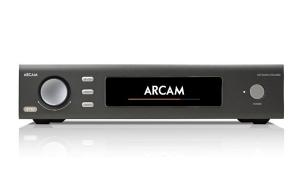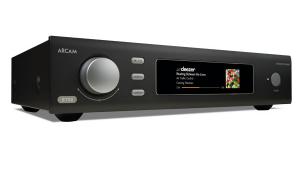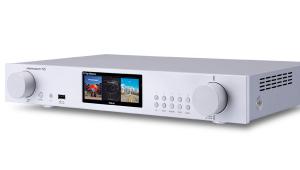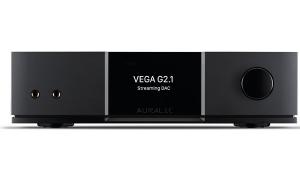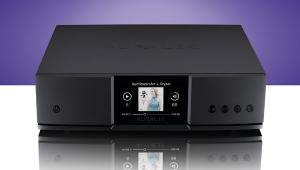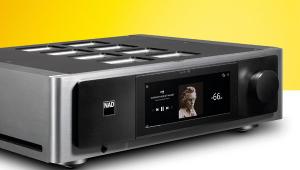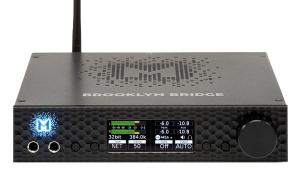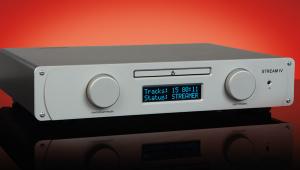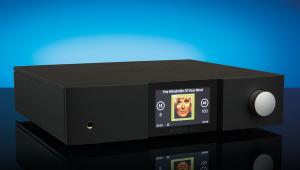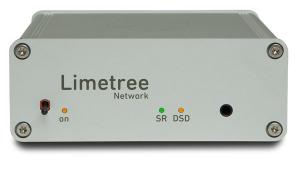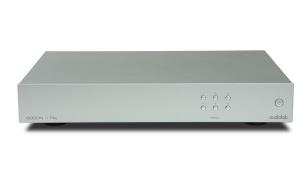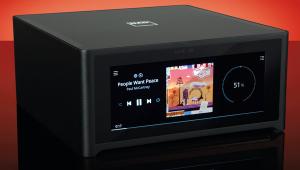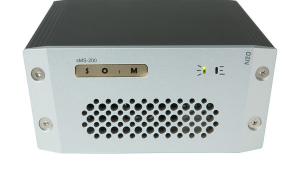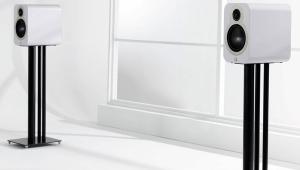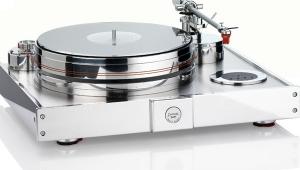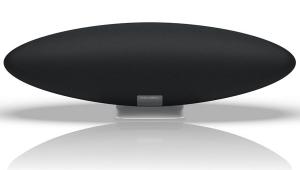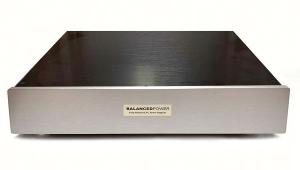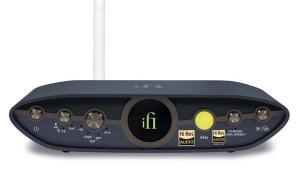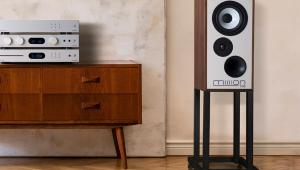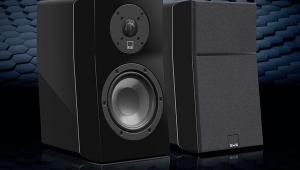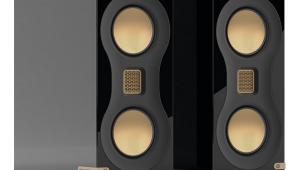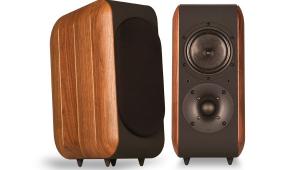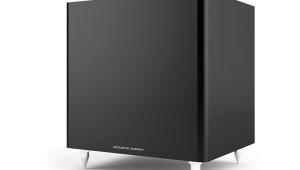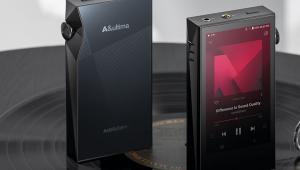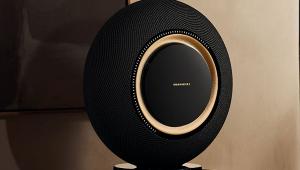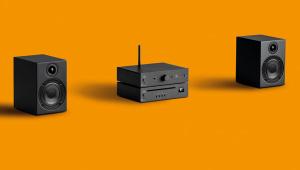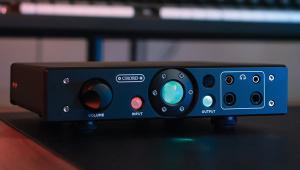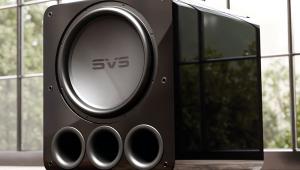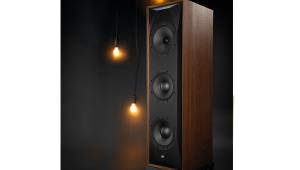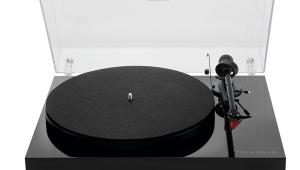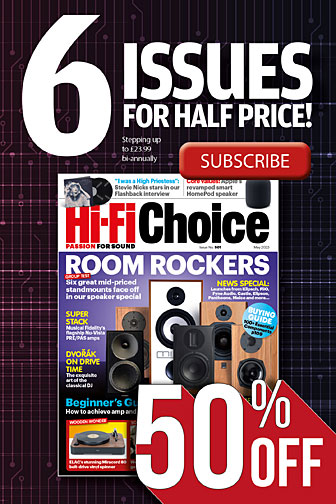Volumio Rivo
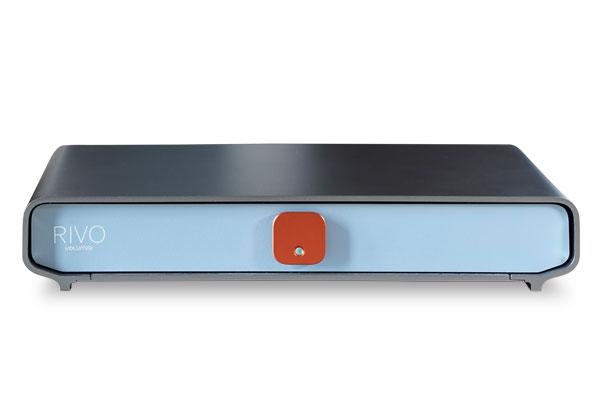
 For many hi-fi companies (probably far too many if we are being honest), software is a necessary evil required to make their engineering work. The varying degrees of enthusiasm companies are able to muster for their operating system has been reflected in a few devices that look superb but are an absolute pig to use. In this regard Volumio is something of an outlier. It started life as a software provider, creating a bespoke platform that could be used in a variety of different devices and only moved into hardware at a later date.
For many hi-fi companies (probably far too many if we are being honest), software is a necessary evil required to make their engineering work. The varying degrees of enthusiasm companies are able to muster for their operating system has been reflected in a few devices that look superb but are an absolute pig to use. In this regard Volumio is something of an outlier. It started life as a software provider, creating a bespoke platform that could be used in a variety of different devices and only moved into hardware at a later date.
The Rivo is different to any other Volumio product in its inventory because it has no internal decoding on board. It is designed to act as a transport, either with a standalone DAC or with the increasing selection of amps and preamps that have their own decoding on board. If you have a DAC in the system you are happy with, this makes a huge amount of sense – particularly if the interface on offer is a good one.
And, by and large, Volumio is on solid ground here. The software operates on free and paid tiers. The basic platform allows it to render a library from local and network storage, and then add a selection of streaming services including Qobuz, Tidal, High Res Audio and Spotify. Buy a Rivo and the premium tier is supplied inclusive of the cost of the device. This adds multi-room support, CD ripping and playback from an attached drive, plus cloud backup for your music. There is also an AI-based search function to help bring new music to your attention.
This is joined by a useful clutch of secondary software. Rivo supports AirPlay and both Tidal and Spotify can be accessed via the Connect function, which many people will prefer. It is also fully certified as a Roon Endpoint, so it will integrate happily into a Roon household. These extra features are handy because even if you were to fall out of love with the Volumio platform, Rivo has other options to keep you up and running.
No less useful are the outputs on offer. The USB output will send files up to 768kHz for PCM and DSD256. This is supported by a balanced AES digital out and unbalanced RCA coaxial out. The only slightly discordant note here is that the Motivo streamer that has appeared in the range since the Rivo arrived has both an optical connection and an i2S socket that the dedicated transport lacks. For the most part, I imagine most users will use the USB output, but optical would have been handy. Wired and wireless internet connectivity is supported.
Aesthetically, this is a slightly curious object, but not an unlikeable one. It is effectively a head unit, so the only physical control is a power button. Otherwise everything else is done using the app and there is no requirement for you to have any line of sight to the unit itself. In spite of this, Volumio has put a fair amount of effort into the styling. The Rivo uses the same basic casework as the Primo (HFC 450) and this is a relatively compact metal chassis that has a wraparound metal section with separate front and rear panels.
The review sample is an example of the black limited edition and – to these eyes at least – is a better-looking option than the standard model in its combination of silver, blue and orange. The slightly jarring element of this is that there is a noticeable gap around the edges of the panels, which means that when viewed from head on, you can see straight through the unit. The result doesn’t feel as solid as some rivals available at similar money.
Importantly, though, there are no equivalent gaps in the software. Setup is logical, intuitive and very flexible in terms of what you want it to do. In fact, the flexibility of the system is about the only real stumbling block as there are myriad options in the app – which can be momentarily confusing. Rivo can be set up to upsample the digital output, you can choose various playback modes and – confusingly – choose how the app assembles your music library depending on whether you want the NAS drive to render it or Volumio itself. It might take a few goes, but you can set everything precisely to your liking.
Sound quality
I initially connect the Rivo to my resident Chord Electronics Hugo Mscaler and TT2 (HFC 468) via the USB output. The connection is recognised instantly and is completely stable. I have a fairly defined position on USB transports of this nature that the level of improvement they are capable of generating in most systems is not that pronounced – most well implemented USB audio inputs have a fair degree of isolation, which makes them fairly consistent performers. With all this being said, the Rivo still springs a few surprises.
Listening to the 24-bit/96kHz stream of Emily King’s Sides – an unplugged revisit of some of her recent work – the Rivo is able to create a greater perception of front-to-back depth from the stunning version of Forgiveness than when the Roon Nucleus+ (HFC 439) is used – a trend that continues via Roon. There is a sense of order and spaciousness that’s beneficial to almost everything I play. Even when the music becomes congested – I listen to A Happy Medium by Sheafs to test this to destruction – the Volumio induces a sense of perspective around the fury that isn’t always present otherwise.
Moving to the coaxial connection demonstrates that some of these virtues seem to be baked into the basic performance of the Rivo itself. Using coaxial or AES removes DSD support and drops the sample rate handling to 192kHz, but means that the Rivo can be used with a wide selection of devices that might offer decent decoding in their own right but lack USB connectivity. So long as you stick below the 192kHz maximum, I find the performance to be identical throughout listening.
Volumio’s origins as a software provider first and hardware company second really show after spending a few days using the app. There are some features I don’t feel I’d ever use – AI search is interesting, but I prefer to leave music discovery to the streaming services and I have no desire to build playlists – but there is a slickness to the interface that eludes many rivals. It is a very pleasurable way to browse a large library, although I find it slows down a little if you use the HDMI output on the back to connect it to a TV and show playback information there – a feature I enjoy more than I ever thought I would.
Conclusion
It’s this accessibility that is the Rivo’s greatest asset, although the overall sonic performance is not to be sniffed at. If you have a DAC or amp with digital inputs, this is a means of making full use of them via an interface that is both stable and enjoyable to use (and that continues to improve every time I use it). The Rivo is a well-realised bolt-on streaming interface that should benefit a wide spread of different systems and work well in all of them. ES
DETAILS
Product: Volumio Rivo
Type: Wireless streaming transport
FEATURES
● Supports sample rates up to: 32-bit/768kHz and DSD256
● Outputs: USB; XLR AES; coaxial
● Wireless and wired networking
● Roon Ready
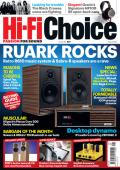 |
Inside this month's issue:
Ruark R610 music system and Sabre-R standmount speakers, PMC twenty.23i Active, floorstanders, English Acoustics Downton preamplifier, Bluesound NODE ICON preamp/streamer, Ortofon Concorde Music Blue MM cartridge and much, much more
|
